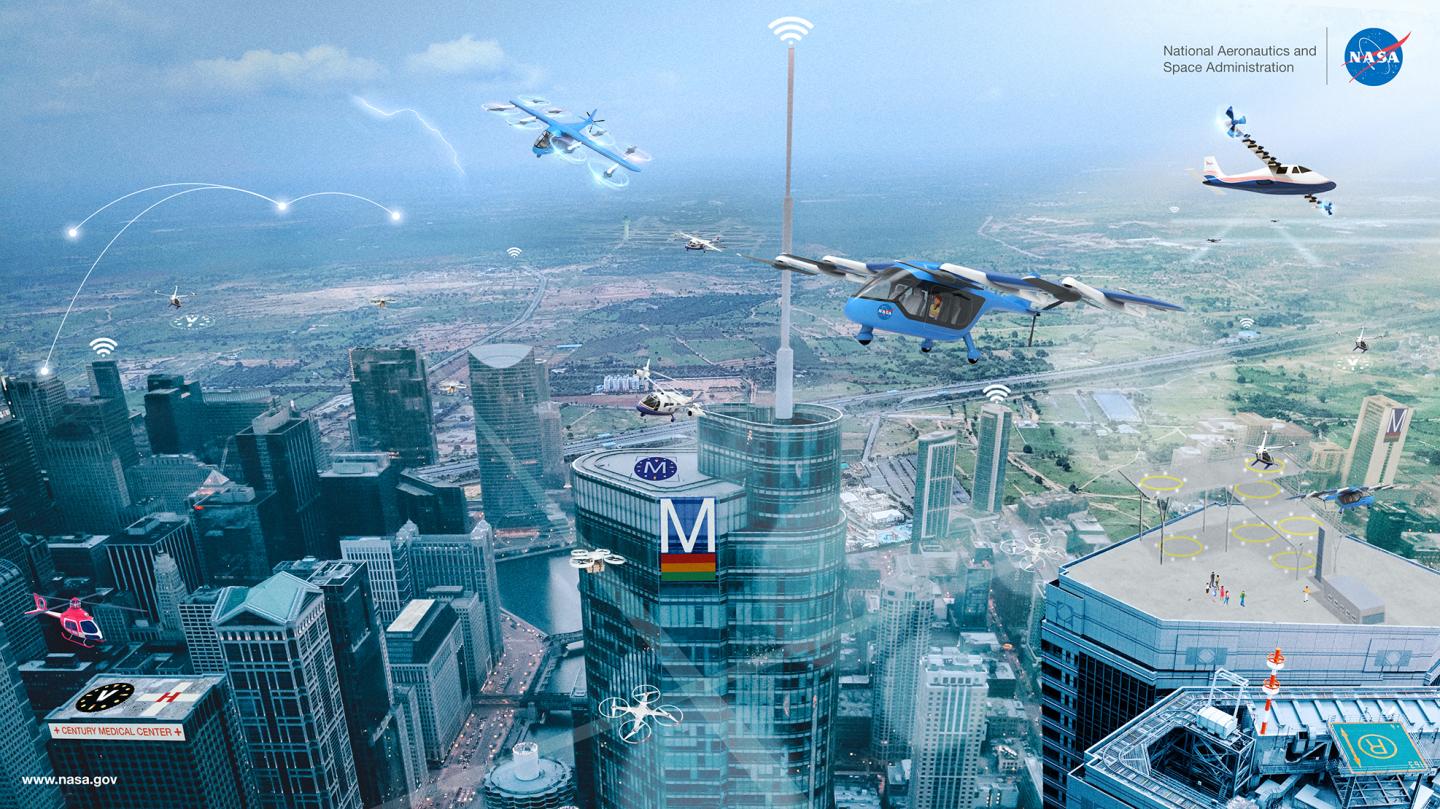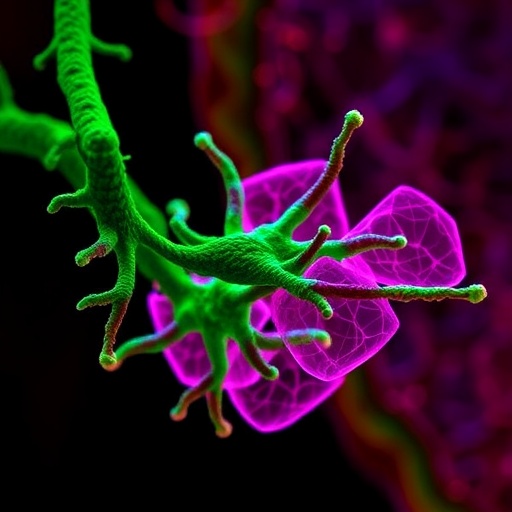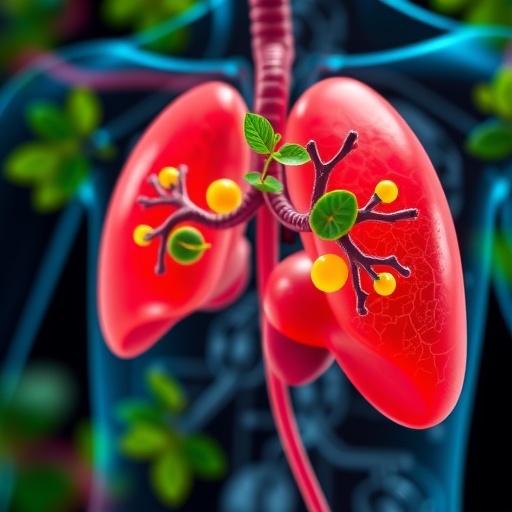NASA is funding a major project on the future of autonomous air cargo transportation, and The University of Texas at Austin will be playing a lead role.

Credit: NASA
NASA is funding a major project on the future of autonomous air cargo transportation, and The University of Texas at Austin will be playing a lead role. The COVID-19 vaccine rollout — the largest global logistics effort since World War II — has underscored the importance of increasing efficiencies in the global supply chain infrastructure. Autonomous aerial vehicles have the potential to revolutionize cargo transportation.
Researchers at UT Austin’s Oden Institute for Computational Engineering and Sciences and the Department of Aerospace Engineering and Engineering Mechanics in the Cockrell School of Engineering will lead a team that will develop methods that could be used to validate the cost and scalability of conceptual autonomous cargo operations. They will be providing theory and concepts for all types of vehicles — from large unmanned cargo aircraft crossing the U.S. to the single drone that can drop a package in residential neighborhoods.
The researchers will rely heavily on machine learning and computational engineering to find solutions to the long list of challenges they face, from the management of autonomous aircraft traffic flow to regulations to public concerns about safety, privacy, emissions, and noise pollution.
“Public concerns such as noise pollution, privacy or perceived risks of autonomous operations are usually addressed in a post-hoc analysis,” said lead investigator Ufuk Topcu, professor of aerospace engineering and engineering mechanics and director of the Autonomous Systems Group in the Oden Institute. “This approach is not only costly but tends to have limited impact. We are using mathematical models to represent public concerns that characterize their relative importance with other factors in the overall process.”
The team includes experts from Purdue University, the Massachusetts Institute of Technology, MIT Lincoln Labs, Morgan State University and an industry partner, Cavan Solutions, in a NASA University Leadership Initiative (ULI). This program gives the university community the chance to receive NASA funding to take the lead in building their own teams and setting their own research agenda.
The team will use a method that transforms societal concerns — from environmental, to safety and risk — into terrain or surfaces.
“You can create a hill for each noise-sensitive area like a school or church,” said John-Paul Clarke, a professor in the Cockrell School of Engineering and co-principal investigator on the study. “We can then modify the flight trajectory of an aerial vehicle to ensure it remains above the resulting terrain or thereby ensure the noise level at all locations stays below the noise threshold used to create the surface.”
This approach of characterizing public input directly into the design and operation of advanced air mobility technology is rare. Topcu is an advocate for developing a coordinated strategy that accounts for the many technical, economical and societal aspects of autonomy.
“The design of all new autonomous systems requires input from all stakeholders in society, not just scientists and engineers,” he said. “Public acceptance must be central to the design and operation decisions in advanced air mobility.”
The pandemic has done more than just increase demand for home deliveries.
“It has changed the way supply chains are being strained,” Clarke said. “Suddenly we must account for the risk associated with the driver of a truck on her way to a town or city where the virus is rampant. Autonomous aerial vehicles can provide us with greater flexibility to avoid putting workers at risk.”
The award, worth $8 million, is the second University Leadership Initiative grant that UT Austin has secured this academic year. At the end of 2020, Cockrell School researchers announced their successful bid to lead a hypersonics-focused research project through the same NASA program.
“Two of the most pressing technological issues facing the nation are autonomy and hypersonics, and UT Austin is leading the way in both,” said Karen Willcox, director of the Oden Institute and co-principal investigator in both NASA ULI projects. Willcox is also a key driver of another central element of the autonomous cargo operations at scale project: education and outreach. “We need to be thinking about the diverse future workforce required to design, operate and maintain new autonomous transportation technologies.”
###
Media Contact
John Holden
[email protected]
Original Source
https:/





